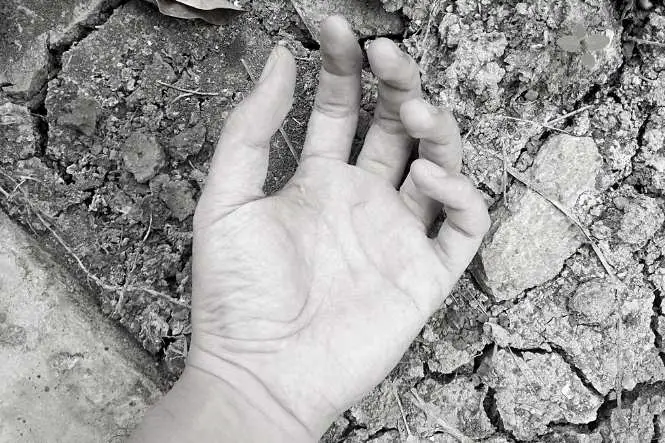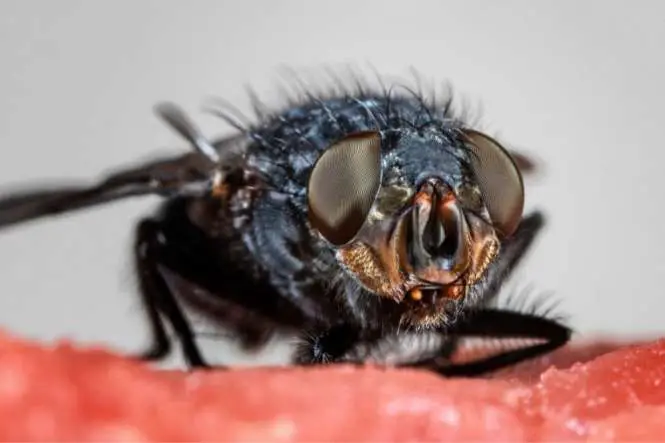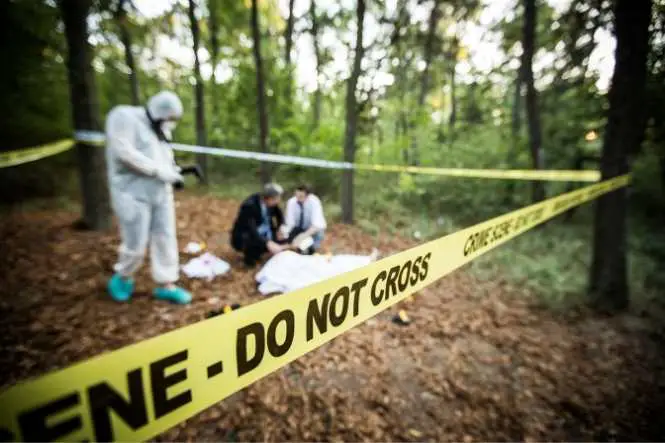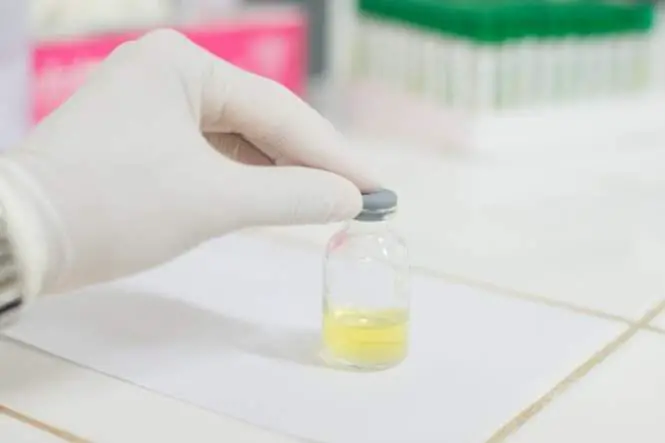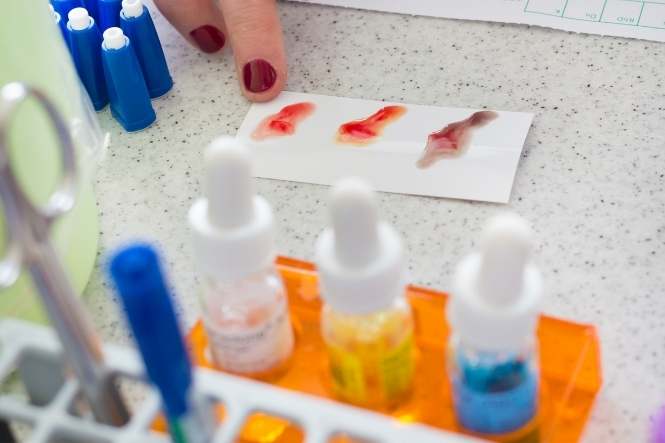Asphyxiation
Asphyxiation is something that many people die of throughout the world and it is something that many people think is simply the act of suffocating or smothering a victim until they can no longer breathe. What is Asphyxiation? In actual fact Asphyxiation is the term given to blocking the airway …


